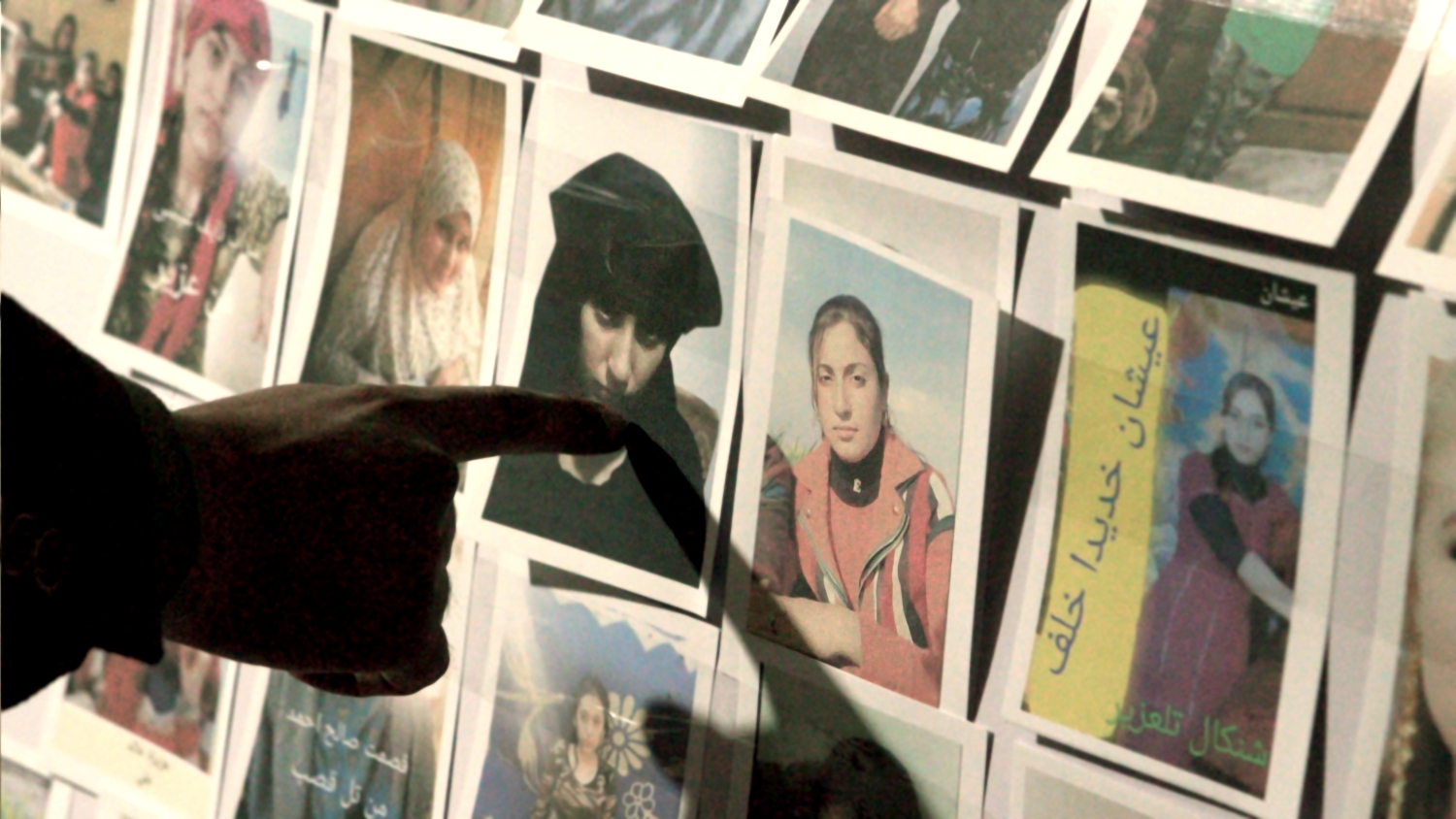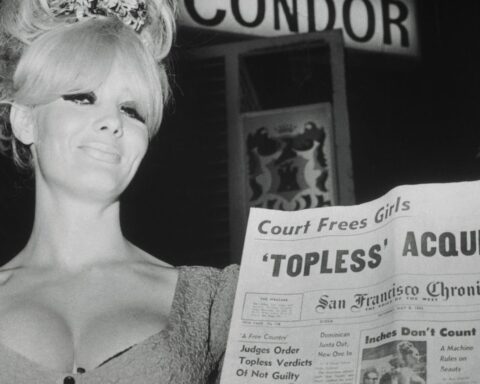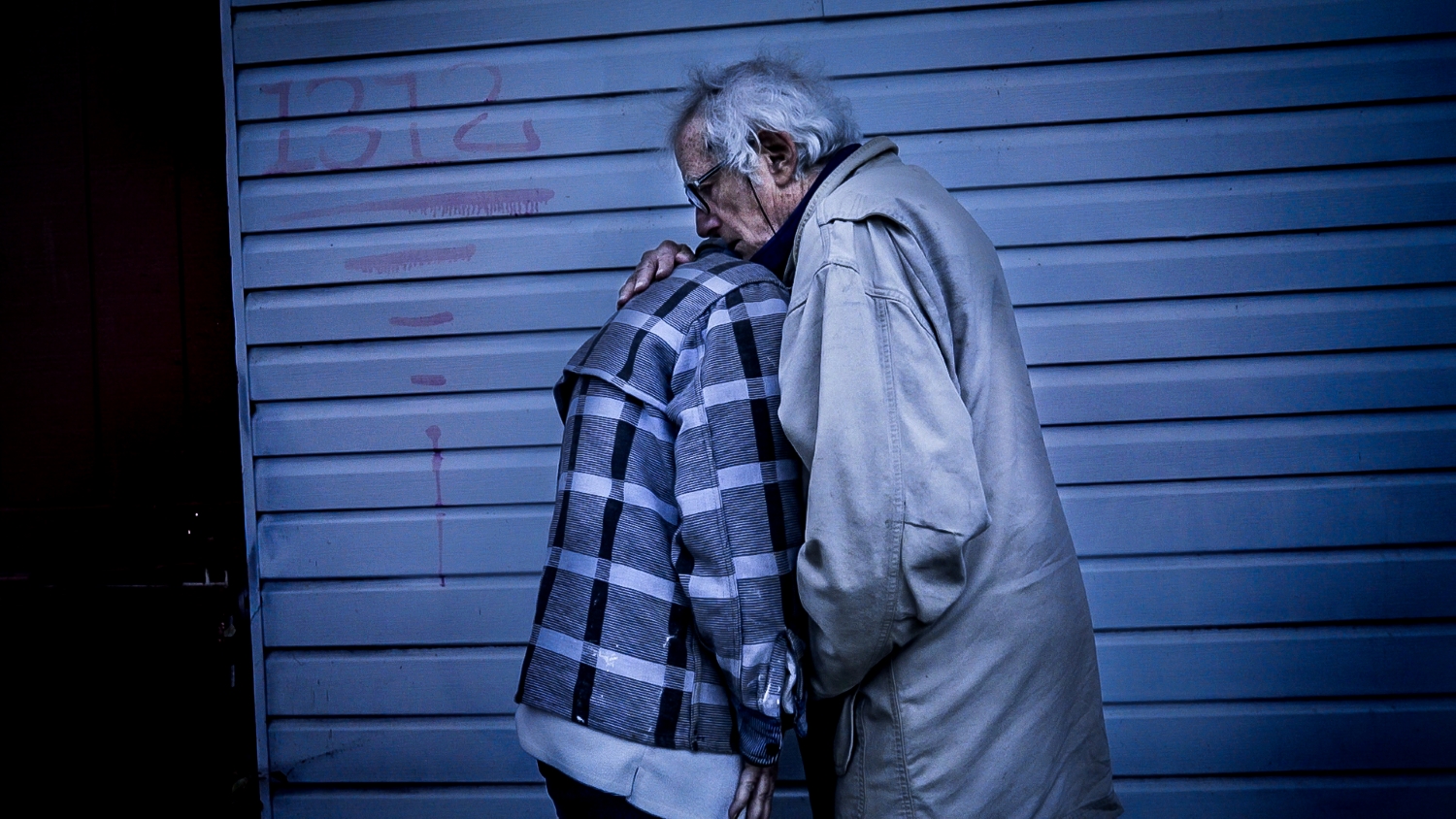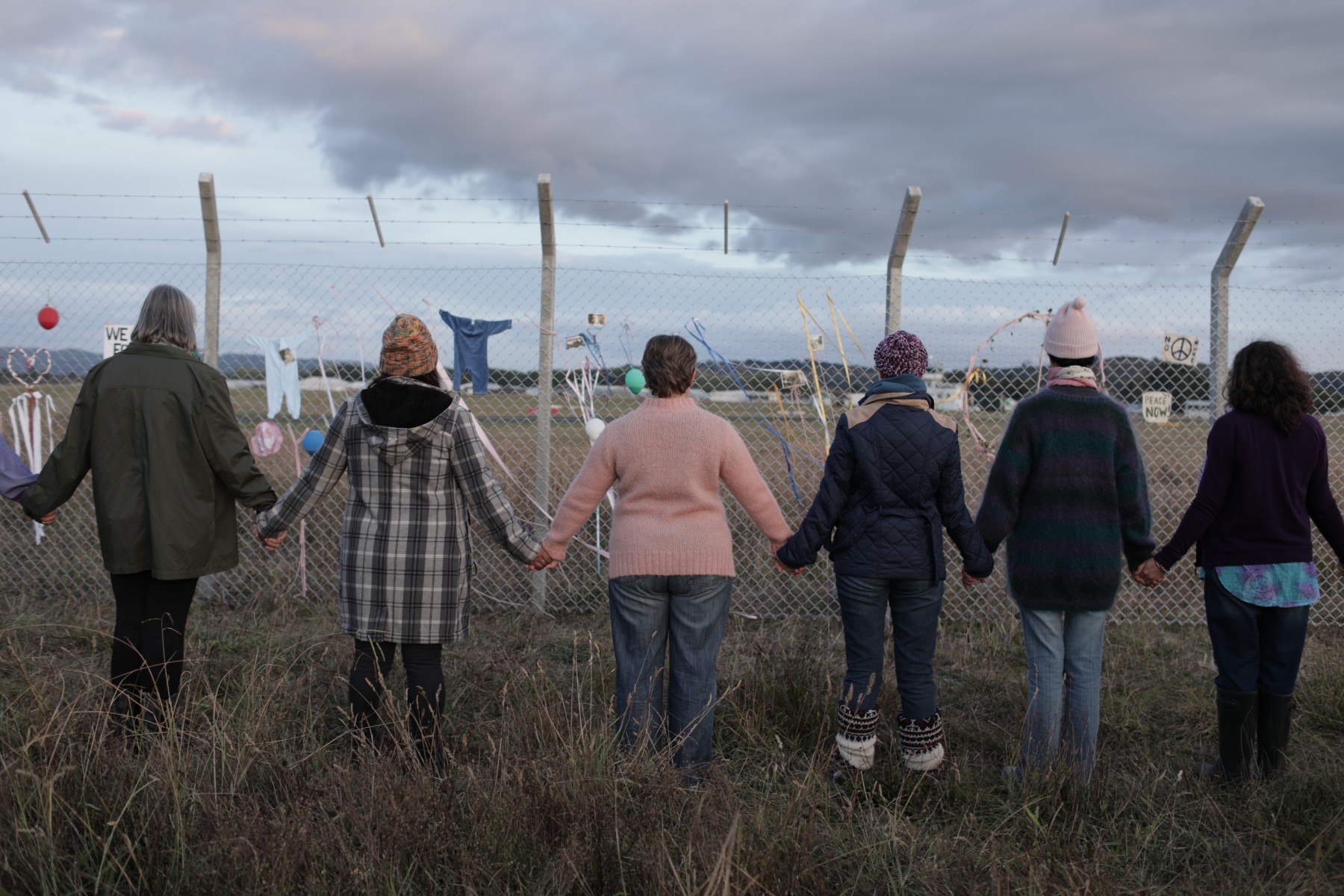Sabaya
(Sweden, 90 min.)
Dir. Hogir Hirori
It’s one of the most acclaimed and now most controversial documentaries of the year, yet Sabaya is undeniably powerful. Sabaya premiered at Sundance in January where it met rave reviews and won the directing prize for world cinema. Critics and audiences, back then, generally agreed it was a harrowing and vital portrait of the fight to save Yazidi women held as sex slaves by Daesh (ISIS) terrorists. Seeing the film ninth months later, that sentiment holds true. Sabaya is tough viewing and a potent snapshot of a major human rights crisis.
However, Sabaya is now mired in controversy, just in time for awards season. A New York Times article alleges that the Sabaya filmmakers didn’t receive proper consent while filming the stories of many of the women portrayed in the doc. The article says that some women were only asked for consent after the film screened with their faces visible. Sabaya’s filmmakers and the Swedish Film Institute refute these claims and say they did their due diligence. Participants from film defend director Hogir Hirori and others involved. Tragically and ironically, a film about rape survivors is now a case of she said/he said.
Hirori, a Swedish-Iraqi filmmaker who was forced to flee Iraq amid the persecution of Kurds, brings a courageous lens to the story. The film observes the efforts of Mahmud and Ziyad, who, as part of the Yazidi Home Center, work doggedly to save Yazidi women taken as sex slaves, known as “sabaya,” by ISIS. Mahmud and Ziyad search for missing women, canvas the camps, and rescue any survivor they can. Hirori, shooting the film himself, is an intimate witness to both lives shattered and families healed.
A Human Rights Thriller
Footage like the images that Hirori captures are inevitably compelling. As he joins Mahmud and Ziyad on their mission, Sabaya takes audiences along for white-knuckle car chases and suspenseful canvasses of dangerous camps. The doc has the air of a human rights thriller as the searchers comb through photos and tents. As they encounter one survivor after another, Sabaya bears witness to palpable trauma. The women they save show signs of PTSD and a visibly shaken, understandably so, when extracted from the camps. As Mahmud and Ziyad ferry the women to safety, Hirori documents the survivors as they try to process painful experiences. Mahmud’s wife, Siham, and his mother, Zahra, lend their skills to the mission by offering security and shelter. They’re allies for the women and they provide a reprieve from a suffocating patriarchal ideology.
The film also shows audiences the double bind in which many women find themselves. After being repeatedly subjected to rape, some of the women are now mothers to their captors’ children. This factor complicates their liberation since they may have to leave their children in the camps to be free. Heart-wrenching scenes observe families divided and the survivors’ liberation marked by further heartache.
There’s also the threat of constant violence that permeates nearly every second of the film. Bullets are omnipresent on the soundtrack. One sequence sees the rescuers and the survivors virtually trapped by approaching gunfire. Sabaya shows firsthand the hell that comes in the aftermath of war when the land is still a warzone.
A Question of Access
These circumstances offer factors both mitigating and aggravating for Sabaya. On one hand, the team captures extraordinary footage that is not an easy get. Women play a crucial role as Mahmud and Ziyad’s female colleagues infiltrate the camps and record images. In some cases, these infiltrators are former sabaya who turn the cameras back upon their captures. Sights are filtered through veils to assert a female gaze upon the crisis.
On the other hand, the chaotic nature of the team’s efforts also means that many of the survivors aren’t in their best states. Critics of the film argue that consent isn’t valid in a traumatic situation. Discomfort is frequently visible, and one doesn’t need to be a psychologist or lawyer to recognize duress. To Hirori’s credit, the circumstances of documenting such a rescue mission are much different than, say, staging elaborate recreations of a soccer team on National Geographic’s dime. The painful emotions underscore the urgency. This is tough guerrilla filmmaking where events move quickly and mistakes are made, which is where the film becomes problematic.
Sabaya’s power largely relies on its access to its subjects. The images therefore adopt a different tone if some of the women contest the permission under which their stories were documented and shared. Only the participants on either side of the camera know how events transpired. The controversy doesn’t change the immediacy of the images, nor does it diminish the grave human rights situation that Hirori spotlights while turning his camera the plight of Yazidi women. However, as Sabaya asks audiences to empathize with the women in the camps, one can’t ignore what the women say when the cameras aren’t rolling. Sabaya therefore offers further proof that a film can be equally compelling and problematic.













